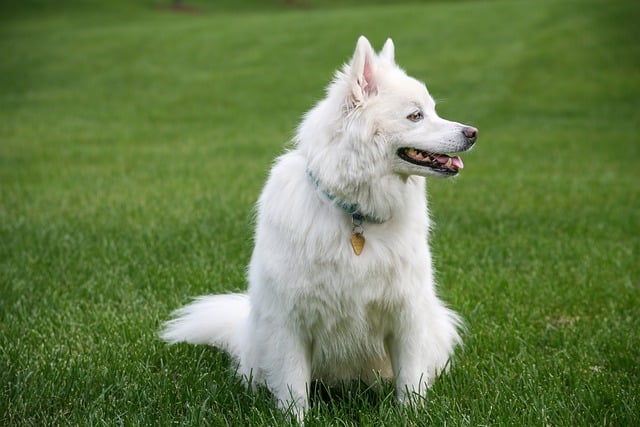
How can I tell if my dog's heatstroke is serious
Let’s be real: It’s a sticky August morning in Los Angeles, and you took your 2-year-old Golden Retriever, Max, for a walk a little later than usual
Should dogs have access to water all the time? Let’s start with a scene familiar to many new dog parents in Chicago: Your 8-month-old golden retriever, Luna, pads over to her water bowl for the third time this hour, lapping noisily. You glance at the clock—it’s only 10 a.m.—and wonder if leaving the bowl out 24/7 is a good idea. Spoiler: For most pups, the answer is yes, but let’s unpack why.
Dogs’ bodies run on water like a car runs on fuel. Their kidneys filter waste, their joints stay lubricated, and their brains regulate thirst—all thanks to steady hydration. Unlike humans, who can say “I’m thirsty,” dogs rely on instinct. A dry bowl might mean they suppress their need, leading to issues like constipation or overheating, especially in Texas summers where park walks feel like saunas. Think of it this way: If you forgot your water bottle on a hike, you’d get cranky fast—same for Luna. The only exceptions? Vets might restrict water for 12 hours before surgery, but that’s temporary and professional advice-based.
So, how to keep water accessible without chaos? First, spread bowls around your space—one in the living room, another near her bed. Apartment dwellers in NYC, try weighted bowls to avoid spills on hardwood floors (no one wants a slippery mess before work). Wash bowls daily with soap and water—slime buildup isn’t just gross; it can make water taste bad, turning Luna off drinking. When heading to the dog park in Denver, pack a collapsible bowl—staying hydrated on walks is part of good pet etiquette, just like carrying poop bags (a legal must in 90% of U.S. cities, with fines up to $500 in San Francisco).

Now, let’s tie this to bigger pet parenting norms. In the U.S., ensuring access to clean water is as fundamental as keeping up with rabies vaccines (required by law in every state) or registering your dog with local authorities. It’s part of providing “adequate care,” a term you’ll see in animal welfare laws from California to Maine. And if Luna tips her bowl over? Skip the scolding—punishment teaches fear, not better behavior. Instead, guide her gently, then reward with a treat when she drinks calmly. This aligns with the positive reinforcement methods taught in most U.S. puppy classes, where trust matters more than discipline.
For those in shared housing, like Boston apartments, be mindful of noise—noisy lapping at 5 a.m. might annoy neighbors, so place bowls on rugs to muffle sound. When visiting community parks in Seattle, offer water to other dogs if their owners agree—it’s a small way to build good vibes, just like stepping off the trail to let faster walkers pass.
In short, most dogs thrive with constant water access. It keeps their bodies running smoothly, matches their natural thirst rhythms, and fits into the responsible pet care culture we value here. So leave that bowl out, refresh it often, and enjoy watching Luna lap happily—hydrated pups are happy pups, whether they’re napping on your couch or chasing squirrels in the neighborhood.

Let’s be real: It’s a sticky August morning in Los Angeles, and you took your 2-year-old Golden Retriever, Max, for a walk a little later than usual

You're enjoying a summer afternoon at the park when you notice your dog has stopped panting and appears disoriented - their gums are bright red

Let’s paint the picture: You’re in your Denver apartment, watching your 4-year-old Boston Terrier, Ruby, plop down mid-play session with her favorite toy

Many dog owners notice their pets nails seem shorter after regular walks,but how much does this daily activity actually help?The answer depends on where you walk—concrete sidewalks or asphalt streets gently file nails as a dog's paws hit the ground

Most dog owners notice their pup scooting across the carpet at some point, but few connect it to impacted anal glands. These small sacs near a dog’s rectum secrete a scent for marking territory

Most vets agree that regular dog teeth cleaning is key to avoiding painful dental issues later. For healthy adult dogs, a professional cleaning at the vet’s office every 12 to 18 months usually works well.